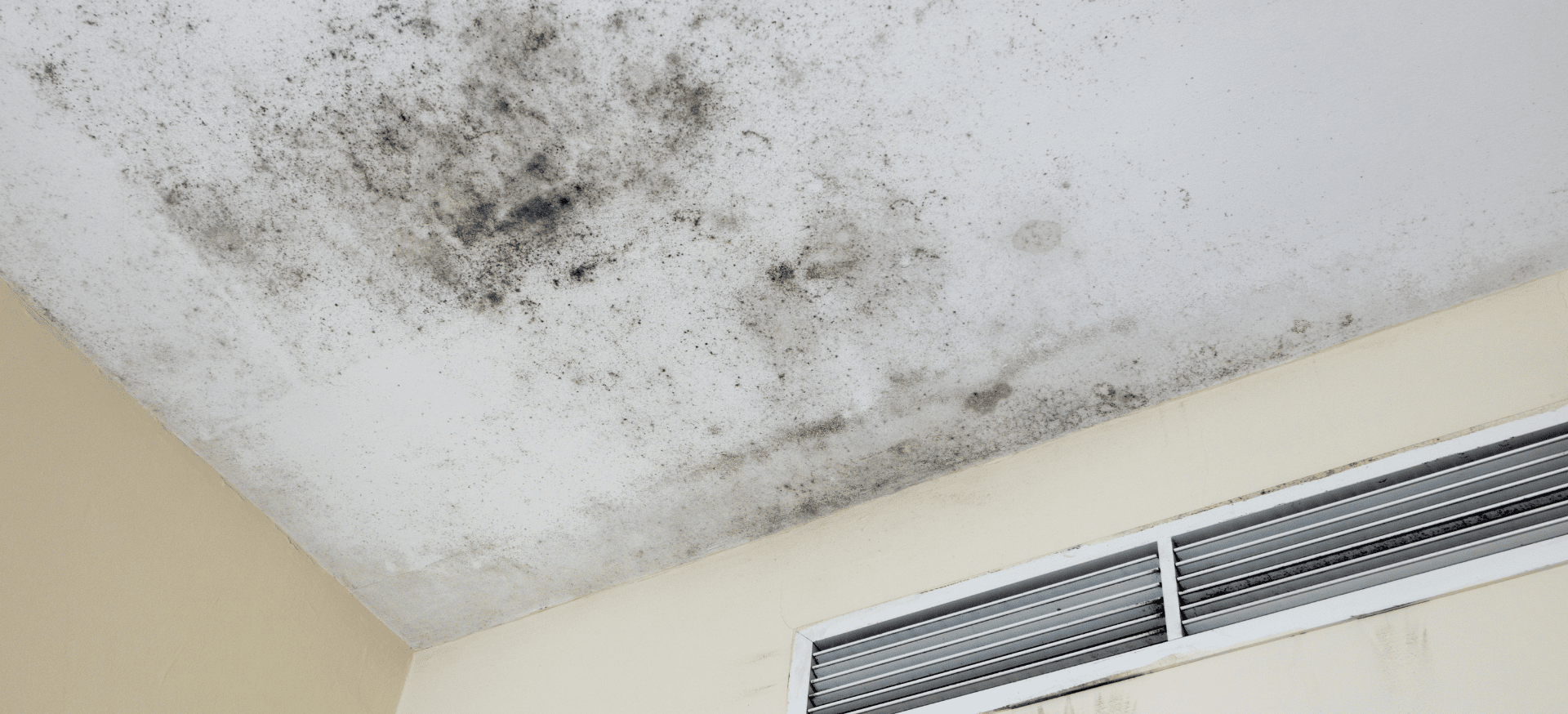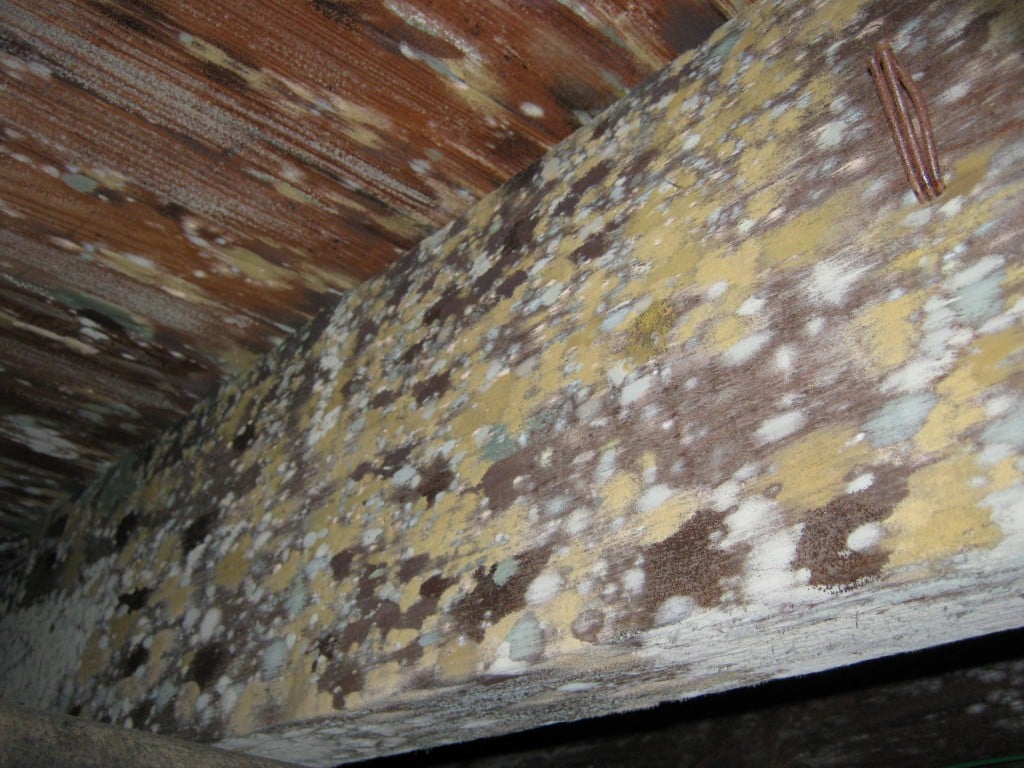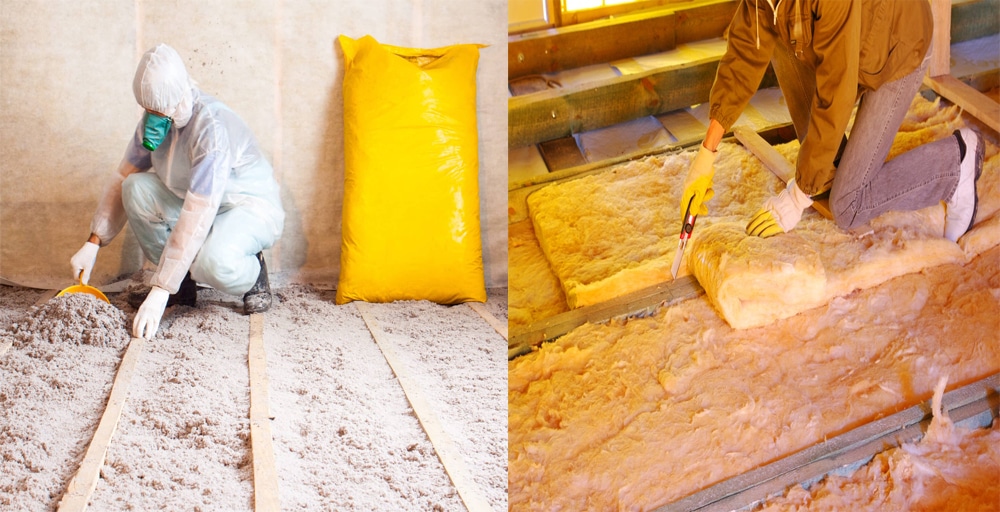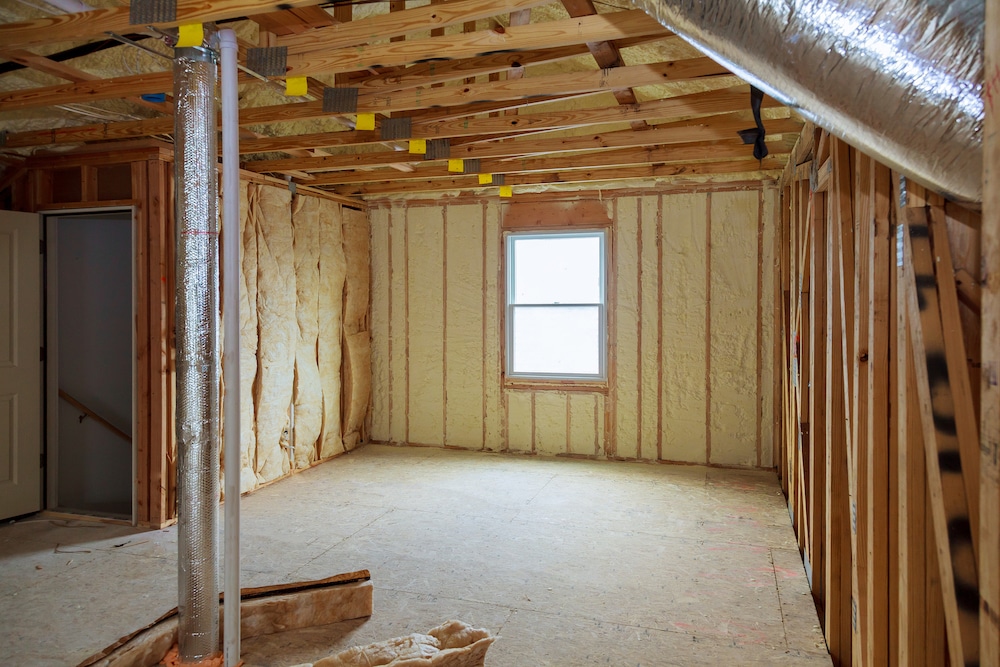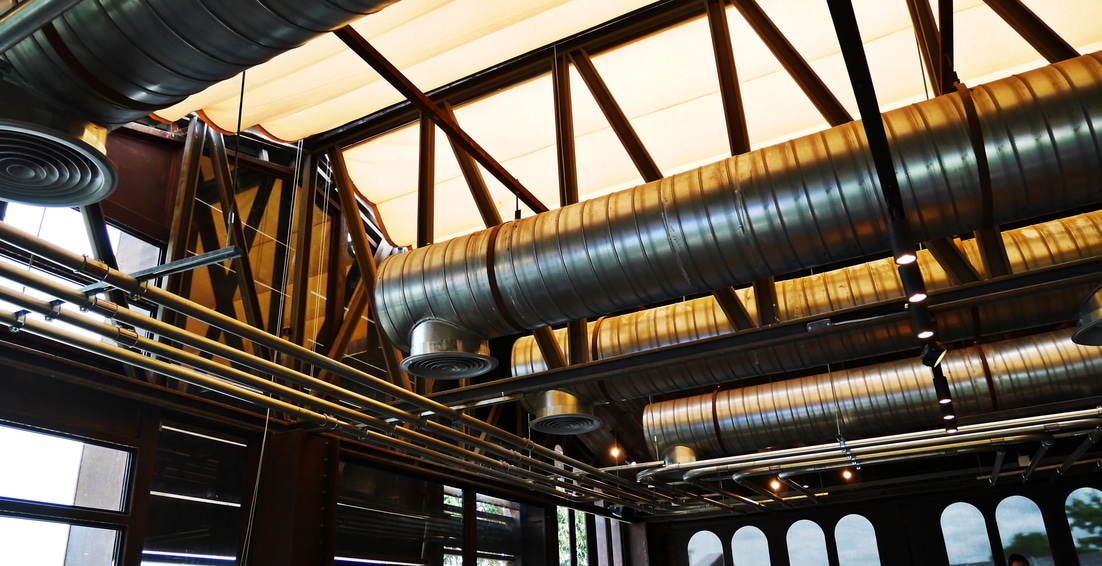
How Long Does Flexible Ductwork Last
If you have central heating and cooling, your system requires ductwork to run within your walls, distributing air from your unit to each room. Many homeowners believe that means installing rigid metal sheets that demand space within your home’s structure. However, for most, flexible ductwork represents not only an option but a better choice. Whether you’re new to central climate control or want to swap systems, conduct research. Below, our Attic Projects five-star specialists give you a head start by delving into flexible insulated ductwork and its pros and cons. The Average Lifespan of a Flex Ductwork Flex duct system lasts as long as traditional ductwork, ranging between 20 and 25 years but survives longer with appropriate maintenance. On the flip side, a lack of proper upkeep drastically reduces its longevity to 15 years or less. The Lifespan of a Flex Duct Depends Upon the Following Factors Unfortunately, it’s not only a lack of regular care that lowers efficiency and longevity. Subpar systems and harsh environments encourage premature repairs and system replacements. Quality of the Product How long does flexible ductwork last if it wasn’t good, to begin with? Homeowners will find different levels of ductwork quality, which depend on manufacturing companies and materials. If a brand cuts corners, you receive low-grade equipment comprising cheap material. These systems often become susceptible to falling apart, allowing your controlled air to seep into your walls rather than out of air vents. Constant high air pressure eventually enlarges splits and punctures, further damaging the ducts and leading to higher bills and uncomfortable indoor climates due to a 40% reduced performance. Instead, trust a company that carries multi-layered duct designs. Products like Mophorn and AC Infinity offer durability, proving more damage and leak-resistant. The Temperature of the Area Still, despite a given insulated flexible


